Studying multiplication right after counting, addition, and subtraction is ideal. Children understand arithmetic through a normal progression. This growth of discovering arithmetic is truly the pursuing: counting, addition, subtraction, multiplication, and finally section. This document contributes to the issue why learn arithmetic within this sequence? More importantly, why understand multiplication after counting, addition, and subtraction before division?
The next specifics respond to these queries:
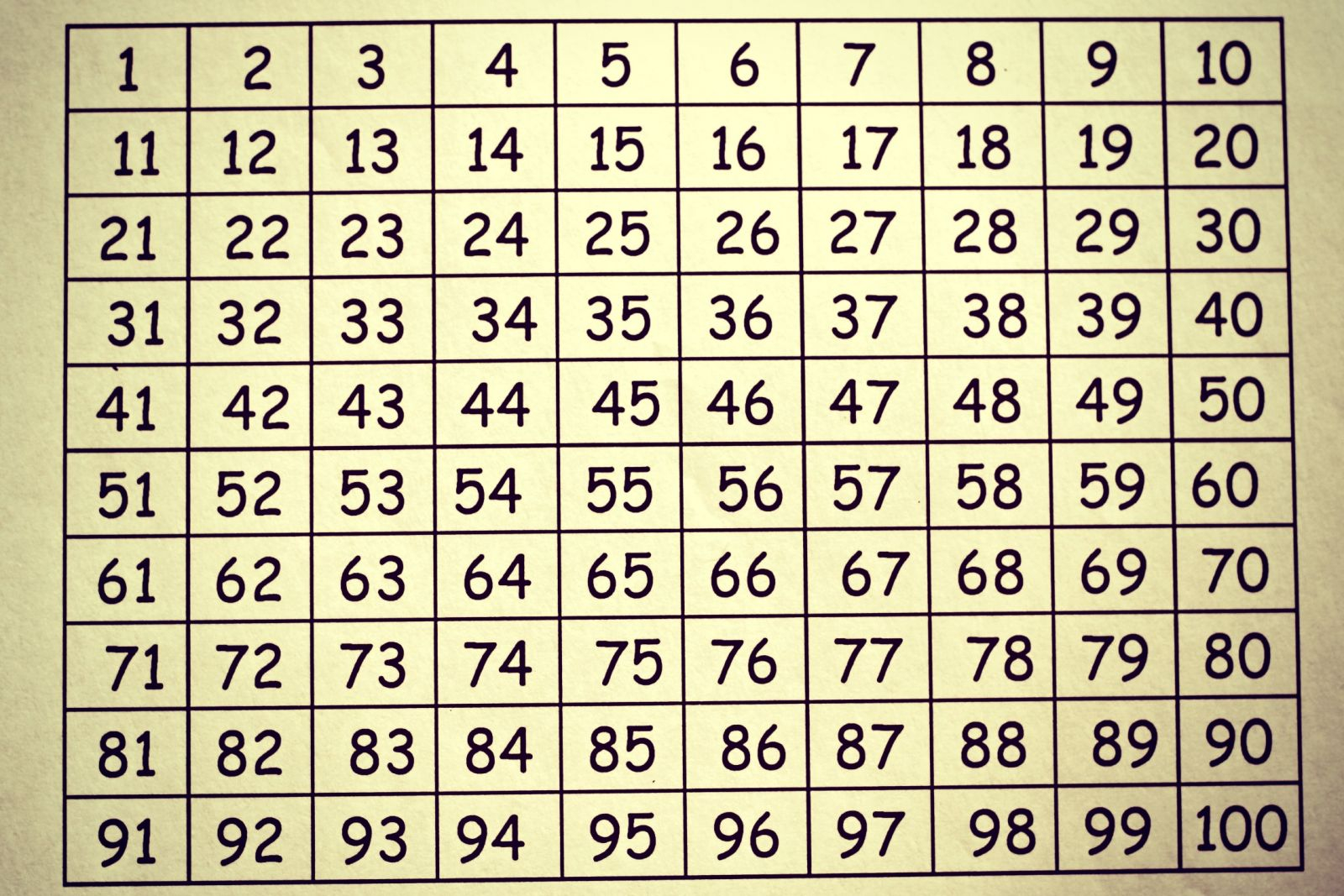
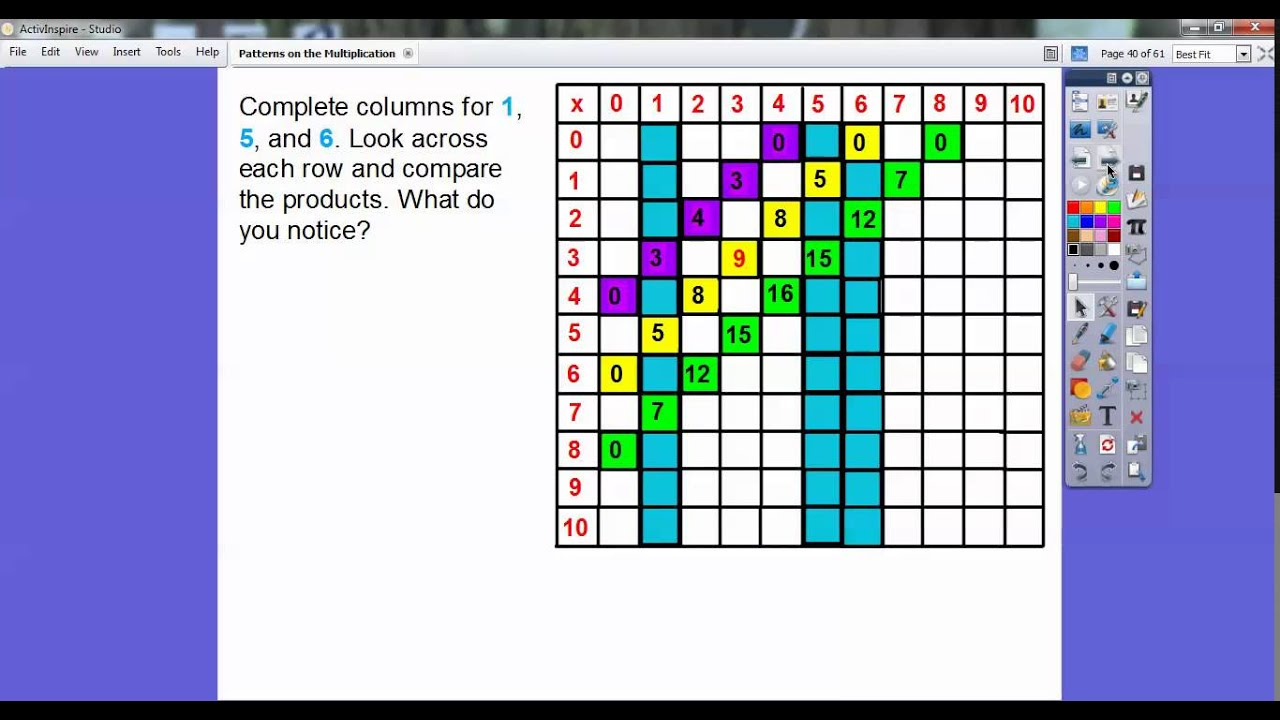
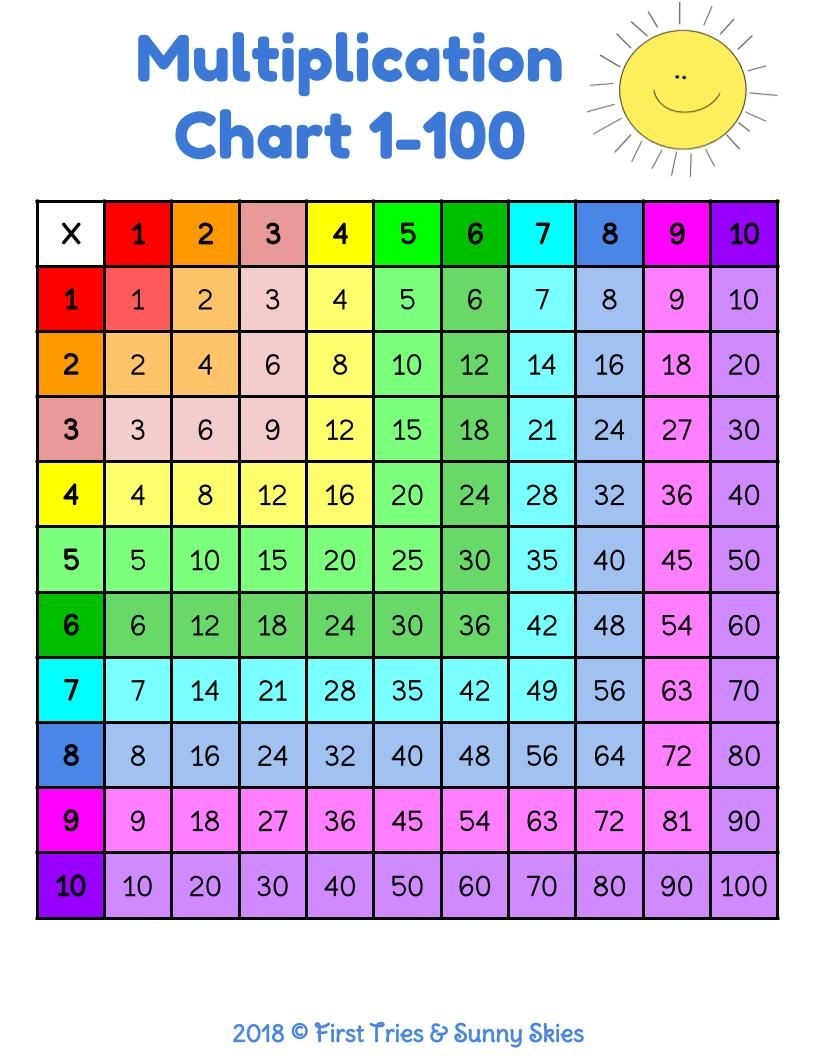
- Kids find out counting very first by associating visual things with their fingertips. A perceptible instance: The number of apples are available from the basket? Far more abstract case in point is how outdated have you been?
- From counting phone numbers, another plausible phase is addition then subtraction. Addition and subtraction tables are often very helpful training helps for kids as they are visual equipment generating the transition from counting easier.
- Which ought to be discovered next, multiplication or department? Multiplication is shorthand for addition. At this point, children use a firm knowledge of addition. Consequently, multiplication is the up coming logical method of arithmetic to learn.
Evaluate essentials of multiplication. Also, look at the essentials the way you use a multiplication table.
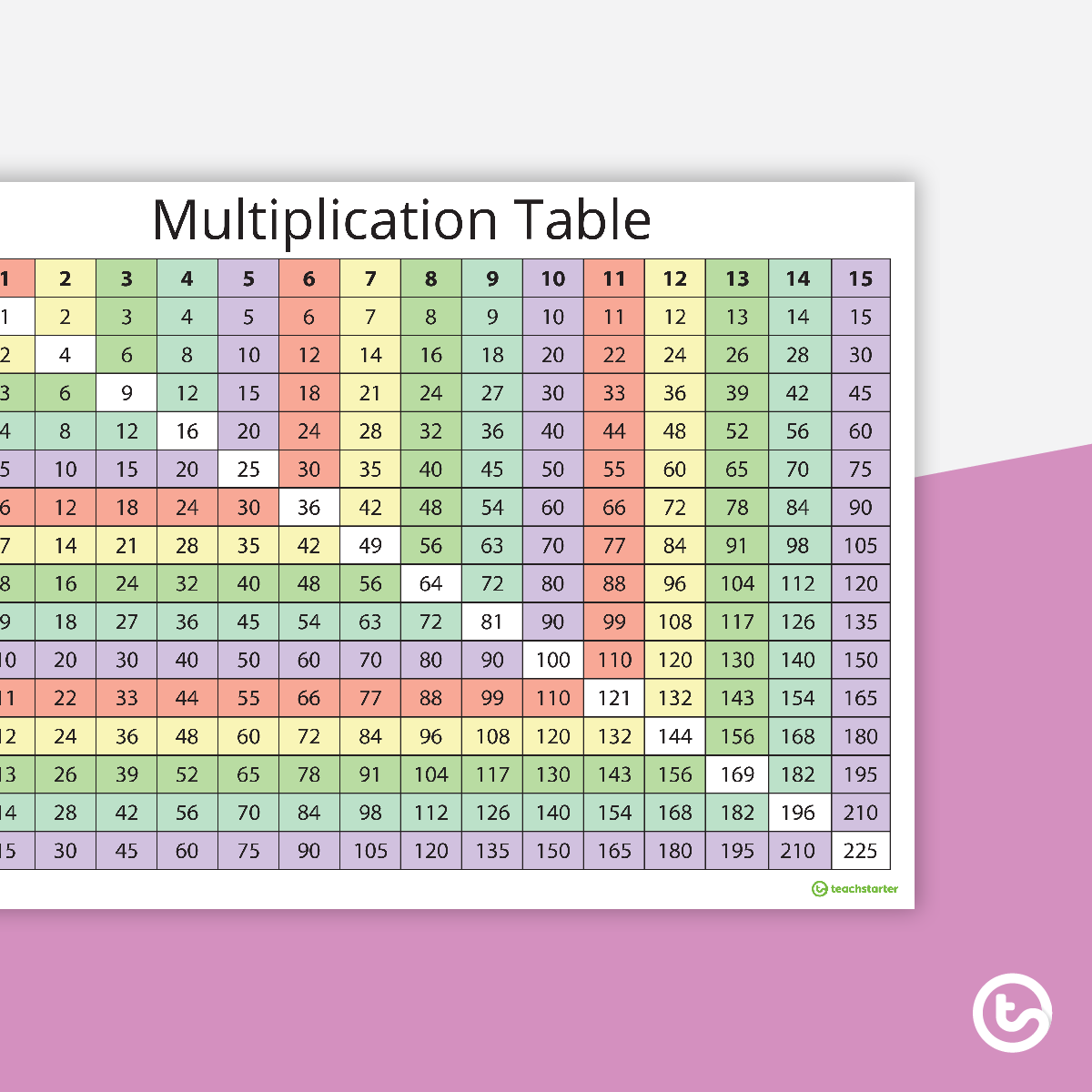
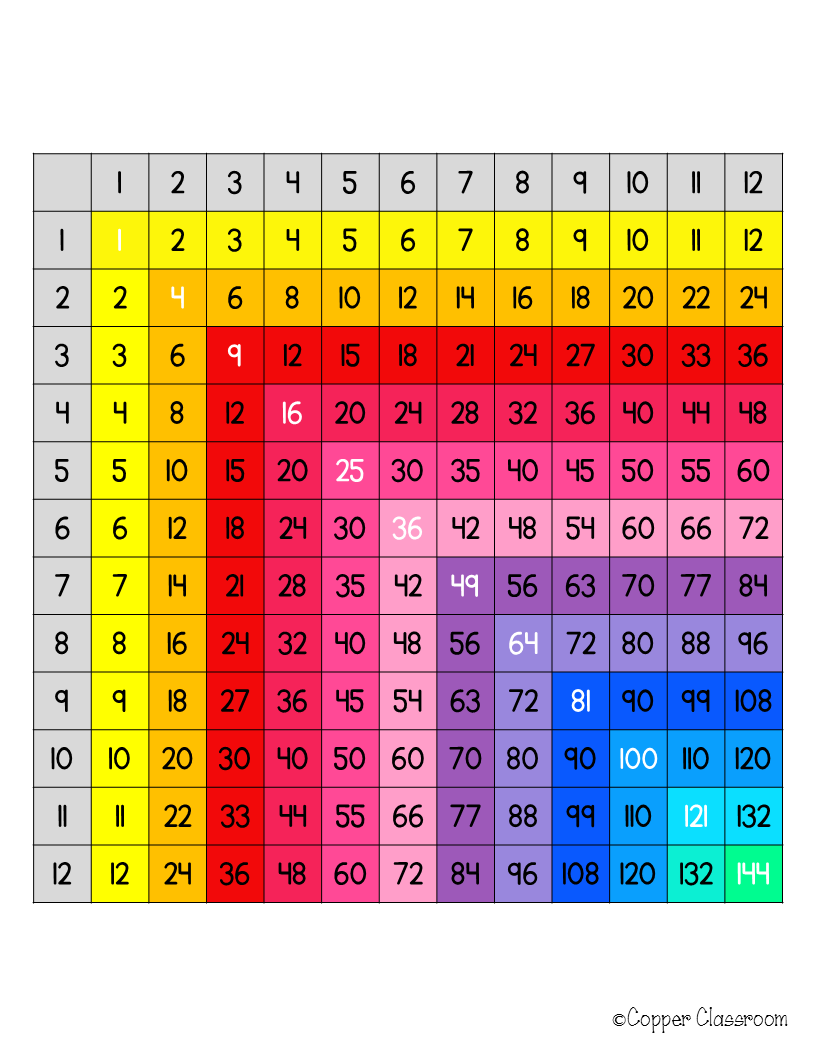
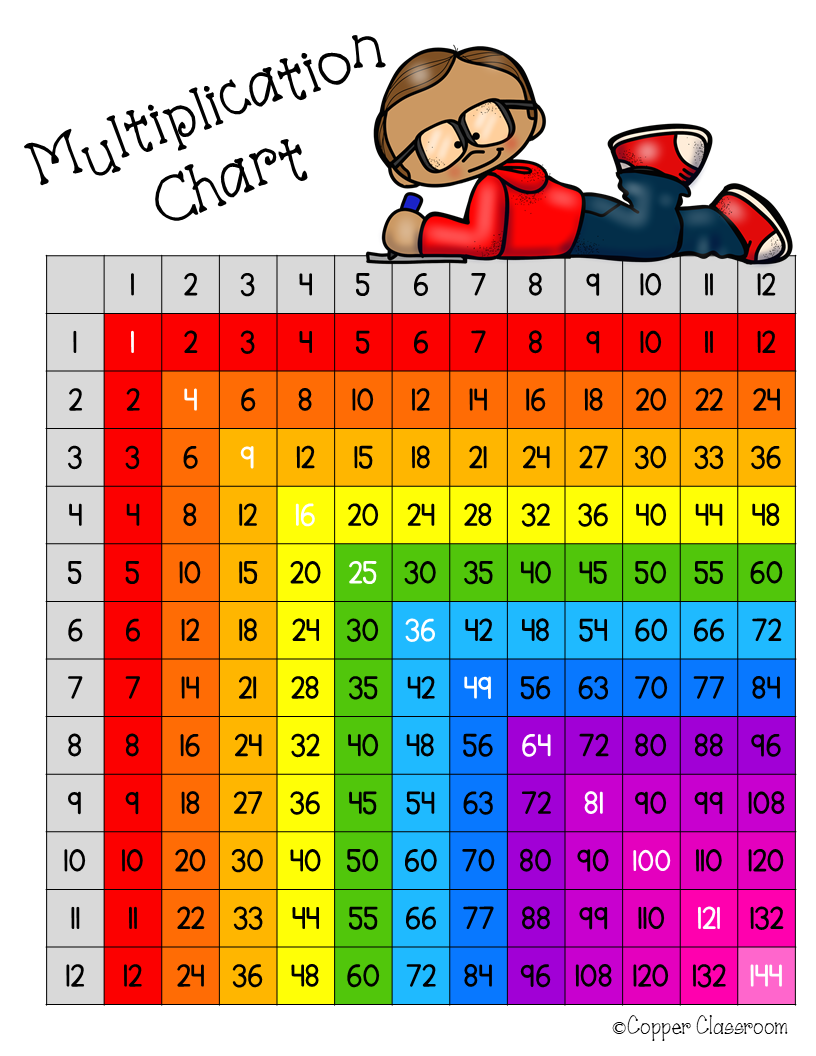
Allow us to assessment a multiplication illustration. Employing a Multiplication Table, increase 4 times 3 and acquire an answer twelve: 4 x 3 = 12. The intersection of row a few and line several of your Multiplication Table is a dozen; twelve will be the solution. For kids starting to learn multiplication, this can be easy. They can use addition to solve the problem thus affirming that multiplication is shorthand for addition. Example: 4 by 3 = 4 4 4 = 12. It is really an superb overview of the Multiplication Table. The additional benefit, the Multiplication Table is visible and reflects returning to learning addition.
Where by will we commence discovering multiplication while using Multiplication Table?
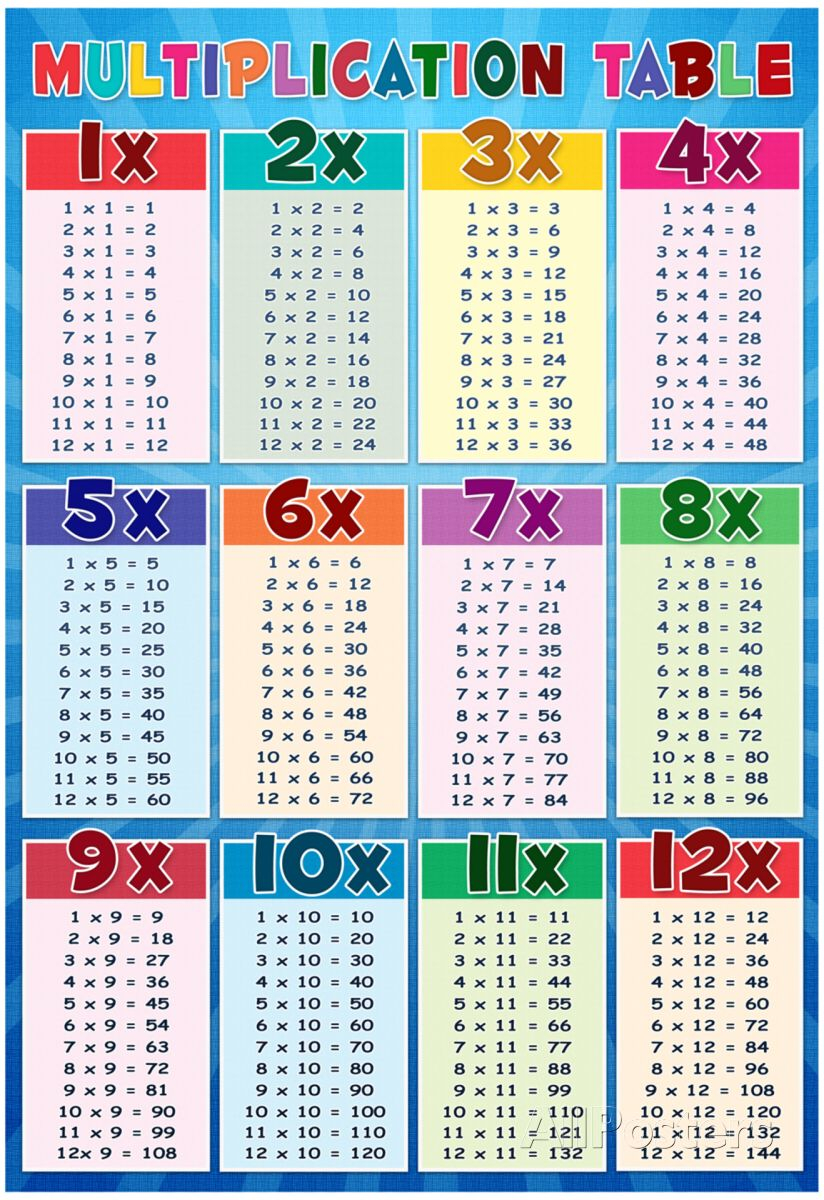
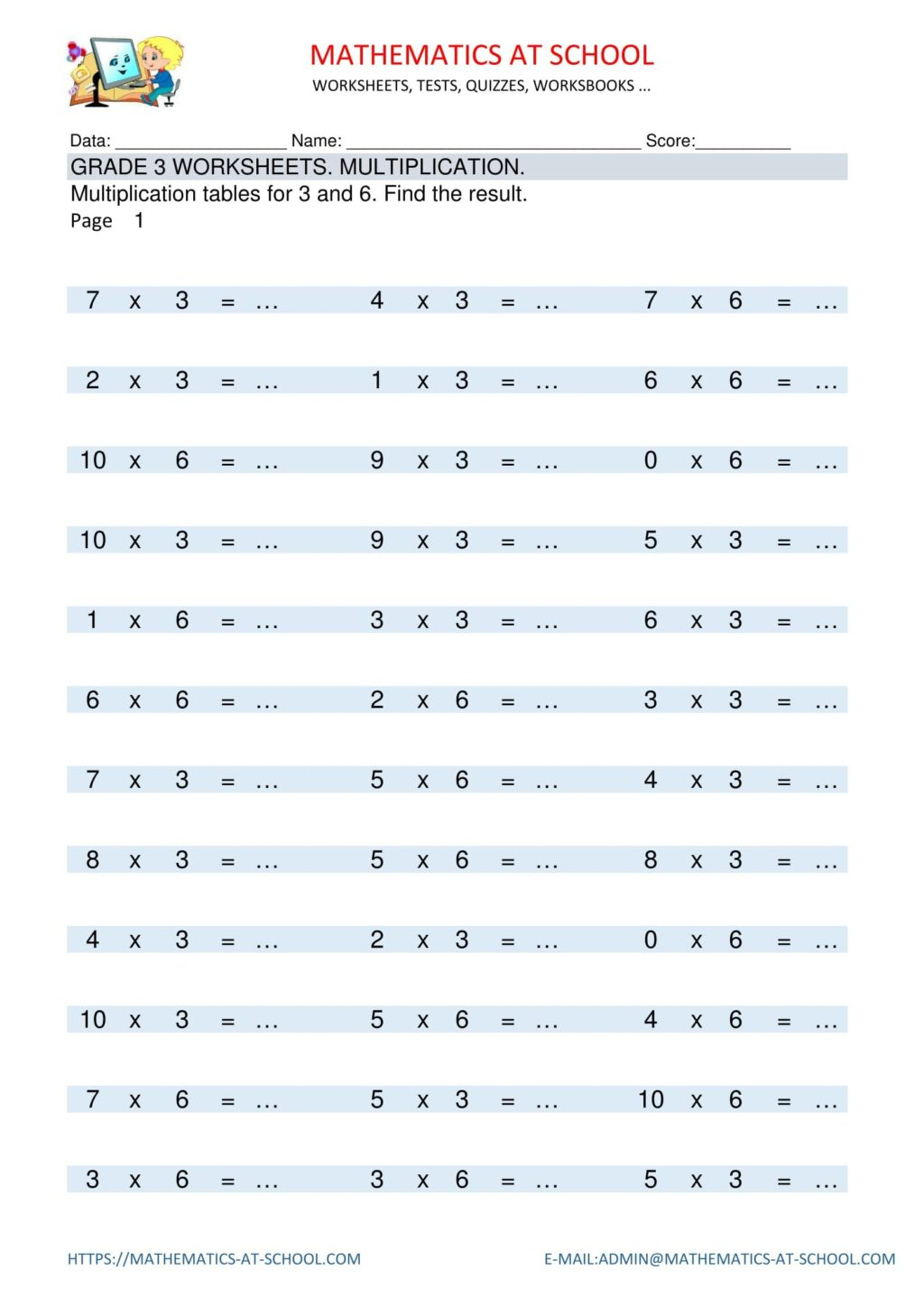
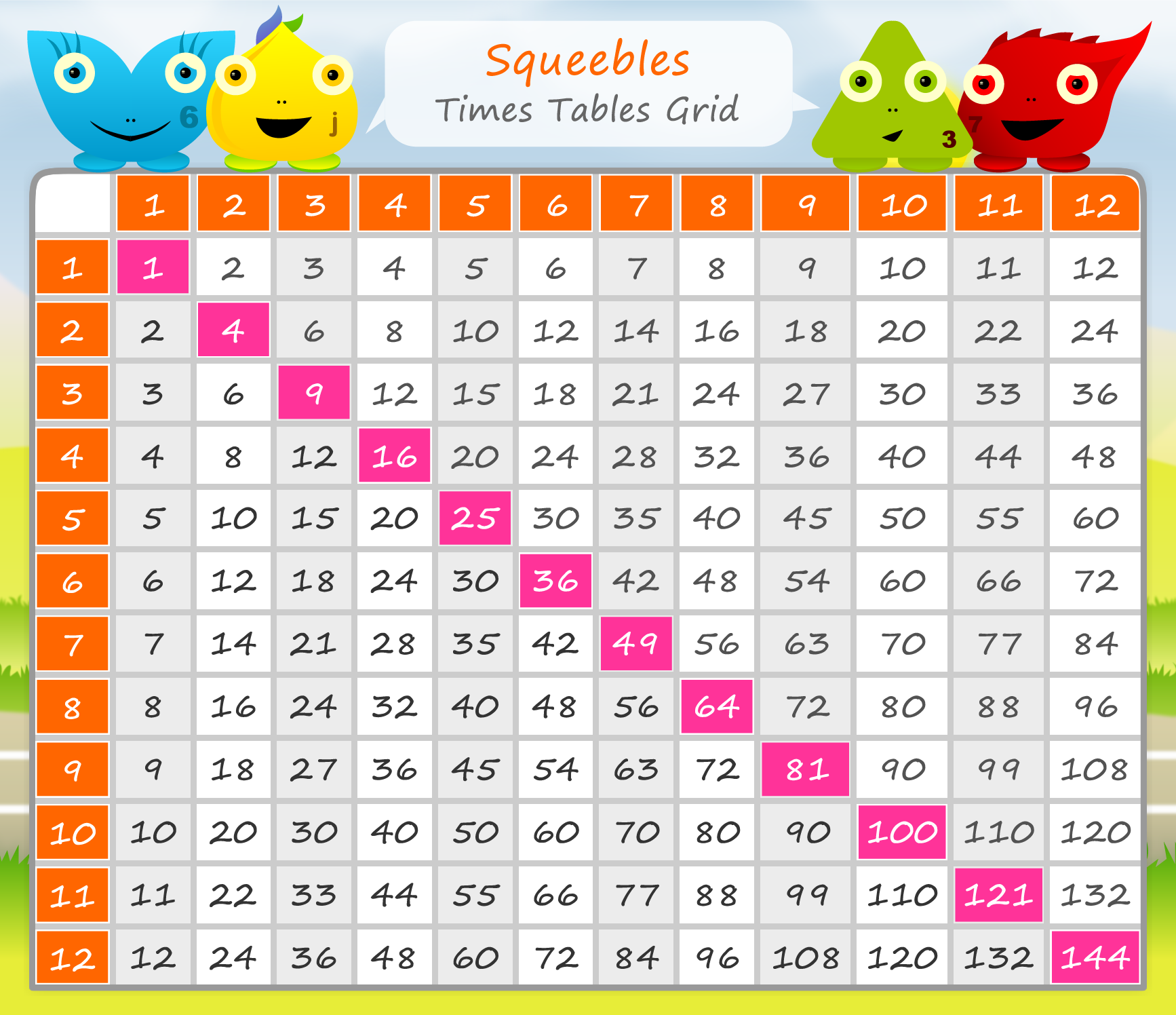
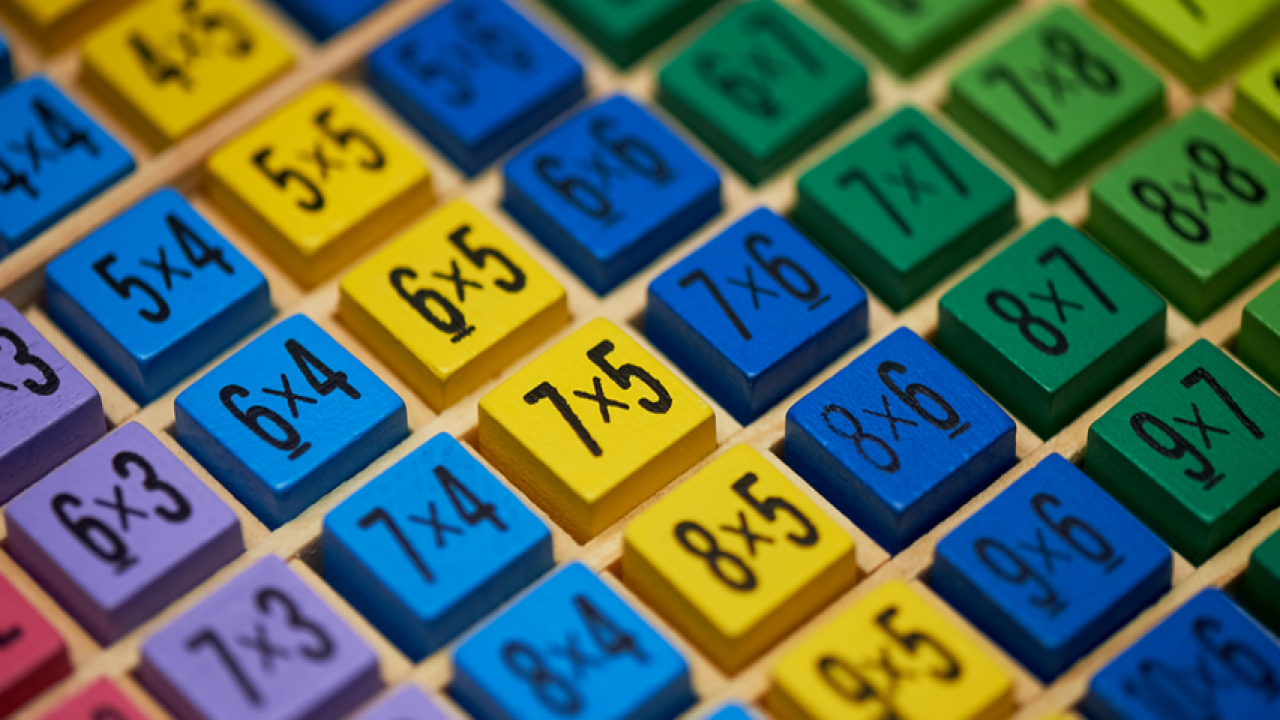
- First, get acquainted with the table.
- Start with multiplying by a single. Commence at row number one. Relocate to column # 1. The intersection of row one and column one is the answer: one particular.
- Perform repeatedly these actions for multiplying by 1. Increase row one particular by columns one particular through a dozen. The answers are 1, 2, 3, 4, 5, 6, 7, 8, 9, 10, 11, and 12 correspondingly.
- Perform repeatedly these steps for multiplying by two. Grow row two by columns one by means of several. The solutions are 2, 4, 6, 8, and 10 respectively.
- Allow us to leap ahead of time. Replicate these techniques for multiplying by five. Grow row 5 various by columns a single by way of twelve. The solutions are 5, 10, 15, 20, 25, 30, 35, 40, 45, 50, 55, and 60 correspondingly.
- Now allow us to boost the amount of problems. Recurring these actions for multiplying by three. Multiply row a few by columns one via 12. The answers are 3, 6, 9, 12, 15, 18, 21, 24, 27, 30, 33, and 36 respectively.
- When you are comfortable with multiplication to date, try a check. Resolve these multiplication problems in your thoughts then examine your answers for the Multiplication Table: multiply half a dozen as well as two, flourish nine and a few, flourish a single and eleven, flourish 4 and four, and flourish seven and two. The situation answers are 12, 27, 11, 16, and 14 respectively.
When you acquired four out of 5 various troubles right, design your very own multiplication checks. Estimate the replies in your head, and view them utilizing the Multiplication Table.